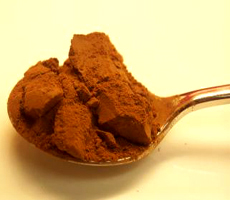You’ve probably noticed boxes of cocoa called “Dutched.” Like un-iodized salt, you don’t even think about cocoa that isn’t Dutched. Unless you’re a baker, you may never have owned a box of un-Dutched cocoa (it’s called natural cocoa).
Why are there two different types, and do you need to pay attention to the fact that there are? For the answer to the former, (a) keep reading; and (b) if you want to learn more about the history and mechanics of food, see (a).
A Very Brief History of Chocolate
The original cacahuatl, pronounced cah-cah-WAH-tel, was brought to Spain by Hernando Cortès, returning from his New World conquest of the Aztec Empire. The word means bitter water. The original chocolate beverage was an unsweetened drink mixed with maize and flavored with pepper and other savory spices.
You can read more about the history of chocolate here; but suffice it to say, the Europeans added sugar, deleted the spicy stuff and the maize and warmed it up into a nice cup of hot chocolate. It still was both acidic and bitter—both natural qualities of cacao. So in 1828, Coenrad Johannes van Houten, the same engineer who developed the hydraulic press that created cocoa powder and took out a patent for it on April 4 of that year, developed the process of treating the nibs with alkaline salts to neutralize the acidity and bitterness prior to crushing. Van Houten was Dutch, so the process became known as Dutch process, or Dutching.
|
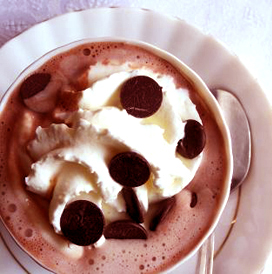 |
| What better than hot chocolate topped with more chocolate? Photo by Michal Koralewski. |
A Bit About Cocoa Production
Before van Houten invented the hydraulic press to press the cocoa butter out of the chocolate liquor (the product of crushed cacao beans), cocoa had been made by boiling and skimming the chocolate liquor to remove the cocoa butter. Chocolate liquor is a misleading term for a thick, gritty paste—a solid mass of ground cacao nibs that only turns liquid when it is heated. It is composed of about half cocoa butter and half cocoa solids—the pure ground product of the roasted cacao beans, and the base for all chocolate products. Instead of boiling and skimming this mass to make hot chocolate, Van Houten’s hydraulic press applied great pressure to the mass to press out most of the cocoa butter. What remains, the press cake, is then pulverized into cocoa powder.
Natural Versus Dutched Cocoa
Cocoa powder in its untreated state is called natural and it is yellowish-brown in color.
Dutched chocolate is a deeper brown color, which leads most people to think that it is richer and has more chocolate flavor. In fact, the alkali changes the pH of the cocoa to make it milder in flavor than natural cocoa, not deeper. Because the pH is changed, you should not substitute these two types of cocoas without making some corrections.
Today, both will make a nice cup of cocoa. They should not be switched in cooking, especially in baking. Leavening reactions may vary because of the differing acidities.
Want to try a natural cocoa?
Scharffen Berger natural cocoa powder mixes deliciously with milk for hot cocoa and can be used for baking as well. |
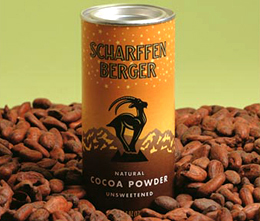 |
Learn More About Cocoa
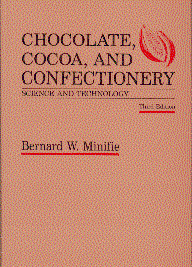 |
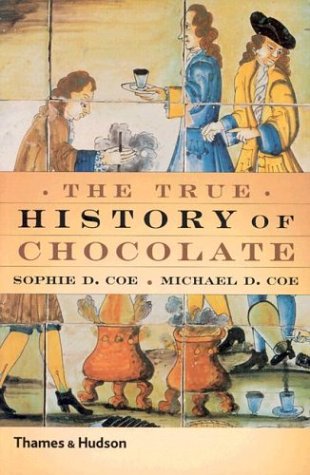 |
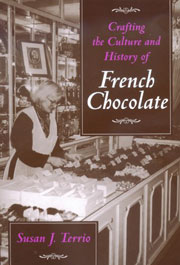 |
| Chocolate, Cocoa, and Confectionery Science and Technology: This 900 page text is an educational and scientific tour-de-force. Click here for more information. |
The True History of Chocolate: Anthropology with a culinary twist, delve into the history of this mouth-watering subject. Click here for more information. |
Crafting the Culture and History of French Chocolate: How a small group of French chocolatiers fight for survival against corporate giants. Click here for more information. |
Lifestyle Direct, Inc. All rights reserved. Photos are the copyright of their respective owners.




